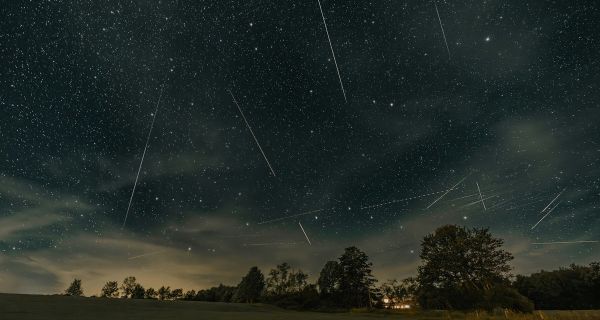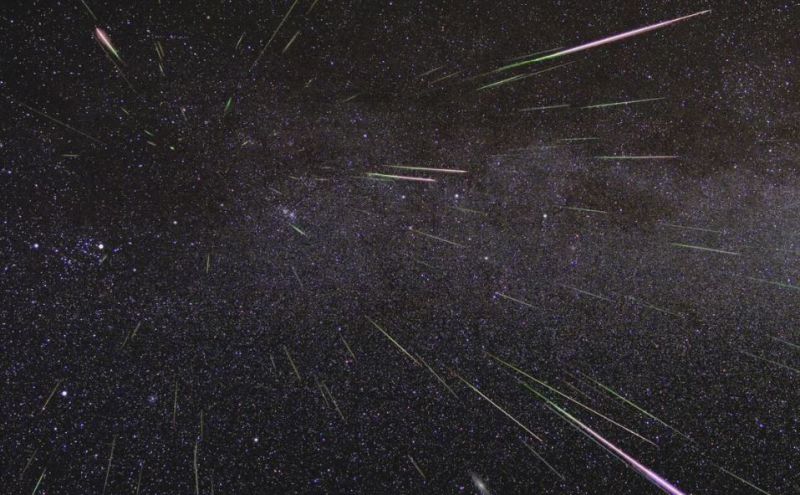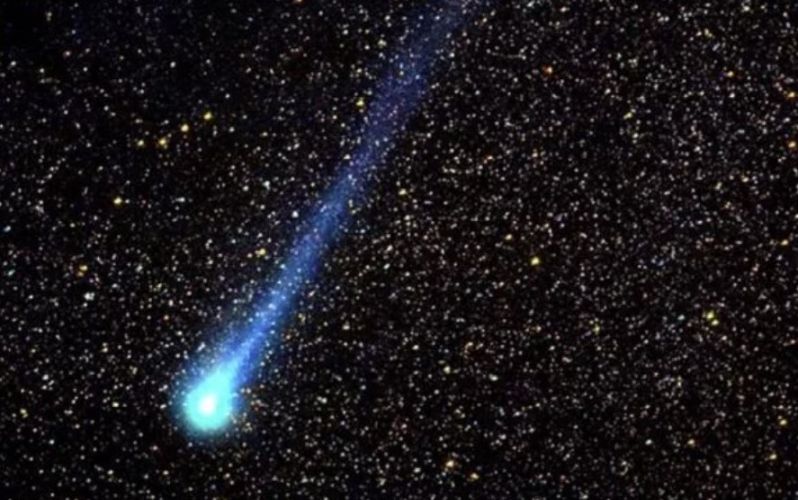
Best times to see the 2024 Perseid meteor shower? Tonight, and tomorrow night!
Our friends at NASA are encouraging us to make plans now to stay up late or set the alarm to see a cosmic display of “shooting stars” light up the night sky. Known for its fast and bright meteors, the annual Perseid meteor shower is anticipated to be one of the best potential meteor viewing opportunities this year.

Every July and August, the Earth encounters debris left behind from comet 109P/Swift-Tuttle. According to Robert Lunsford of the American Meteor Society, this comet has an orbit of 133 years and last entered the inner solar system in 1992. Even though the comet now lies in the outer portions of the solar system, far away from Earth, we still encounter debris that has been left behind during the many trips this comet has made through the solar system.
The Planetary Society has stepped up to share with us some of the specifics we all need to know regarding how to best watch the 2024 perseid meteor shower.
~~~
When does the Perseid meteor shower peak?
The 2024 Perseid meteor shower peaks on the night between August 11 and August 12. The Perseids usually put on a good show and this year may produce 50 to 75 meteors per hour at a dark site.
From a dark sky location, you can expect to see an average of about 50 meteors per hour during the shower’s peak activity, though that rate depends greatly on where you are in the northern or southern hemisphere. Peak rates can also be higher on some occasions due to a resonance with Jupiter. Use timeanddate.com to find ideal times and viewing directions for your location, or check out The American Meteor Society’s page to learn more.
There will be a half Moon in the night sky during the peak of the 2024 Perseids, but only during the first half of the night. After it sets, the darker night sky will be more suitable for viewing.
~~~
What causes the Perseid meteor shower?
The Perseid meteor shower is caused by debris from the comet Swift-Tuttle. Sightings of comet Swift-Tuttle have been recorded throughout history, with the comet’s orbit bringing it near Earth every 133 or so years. It last entered the inner Solar System in 1992. The debris from this comet is known to cause fireballs often.
~~~
Where can I watch the Perseid meteor shower?
The Perseid radiant is somewhat north on the sky’s dome, making it more visible from the Northern Hemisphere, but it can be seen as far south as the southern mid-latitudes. Look toward the constellation Perseus, since the radiant of this shower is beside this constellation.
The best way to watch a meteor shower is from a dark sky site, so it helps to get away from city lights as much as you can. Skywatchers should go to the darkest place they can, let their eyes adjust, and look overhead — but avoid staring directly at the Moon.

~~~
What is a meteor shower? Meteors are also known as shooting stars, but they aren’t actually stars at all. Meteors are streaks of light in the sky caused by dust and sand-sized rocks burning up as they hit Earth’s upper atmosphere.
~~~
What is a meteor?
Meteors are also known as shooting stars, but they aren’t actually stars at all. Meteors are streaks of light in the sky caused by dust and small rocks burning up as they hit Earth’s atmosphere at very high speeds — tens of kilometers per second.
These small particles create bright streaks of light you can see from the ground at night. In general, the bigger the piece of space dust, the brighter the meteor.
Space is full of dust, so on a typical night from a dark location, you might see up to 10 meteors per hour — no shower required!
~~~
What is a meteor shower?
Meteor showers occur when the Earth passes through debris shed by a comet or asteroid. They reoccur at about the same time every year, when Earth comes around in its orbit and passes through the debris again.
Two of the best meteor showers of the year are the Perseids, which peak in mid-August, and the Geminids, which peak in mid-December. The Perseids often get more media attention because they occur during the northern hemisphere summer. However, the Geminids typically produce more meteors.
Meteor showers are named after the constellation that contains the radiant of the shower. The radiant is where the meteors appear to emanate from — if you draw a line back along the meteors, all of the lines will meet at the same point. This is an effect of the Earth speeding through the comet debris, meaning when you watch a meteor shower, you’re seeing direct evidence of our planet orbiting the Sun!
~~~
How to watch a meteor shower
All you need to watch a meteor shower is your eyes, patience, and a mostly cloud-free night. Go out, get comfortable, and stare at the sky. Typically the best view of a meteor shower comes between midnight and pre-dawn hours, because that’s when you are on the leading side of the Earth, watching the comet debris come at you like rain hitting a car windshield.
You don’t have to stargaze in the direction of the radiant; in fact, meteors farther away from it will appear longer. It is often said that an ideal place to look is 45 degrees away from the radiant, but the most important factor is getting to a dark location away from light pollution, letting your eyes adjust for several minutes, and looking at the darkest patch of sky you can.
Go out, look up at the night sky and have fun!
For more tips on viewing the 2024 Perseid Meteor Shower, check out the video below.
~~~
(Source: The Planetary Society)
Posted by Richard Webster, Ace News Today
Follow Richard on Facebook, Twitter & Instagram






